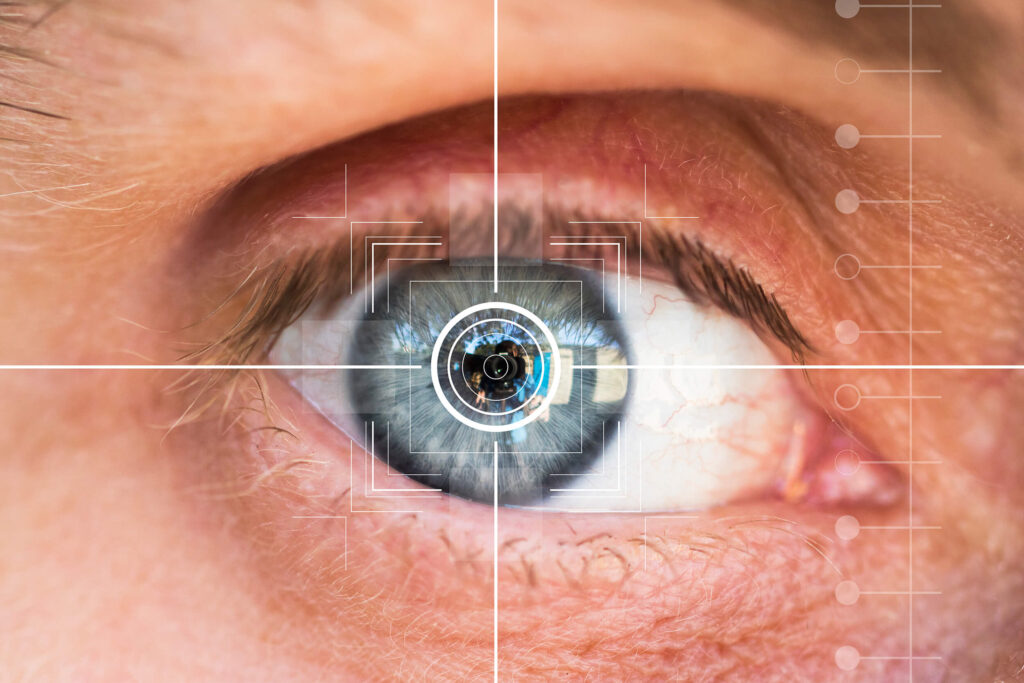
Should research combine explicit and implicit?
The Implicit Association Test (IAT) was developed by psychologists from Harvard, University of Virginia, and the University of Washington to explore unconscious roots of thinking and feeling1. Many of the initial applications of the test involved understanding social prejudices in the community around race, gender, and sexual orientation, among others.

Leonardo Da Vinci was probably one of the most influential artists during the 15th and 16th centuries and one of his greatest works, the Mona Lisa, has captured audiences worldwide.

Are you listening…?
When was the last time you were put on hold by customer service and had to wait listening to some poorly chosen instrumental music while your phone was glued to your ear? Not too long ago, perhaps. My friends who belong to Gen Z would probably raise an eyebrow at this and ask, “why would I bother to call customer service, when I can tweet?”

Say what you mean…mean what you say?
As adults, we want most situations and conversations to end pleasantly. If I am put in a difficult situation, I will try my best to find a way to be politically correct and come out unscathed, socially accepted.

If you asked me how many hours I exercise in a week, I would probably give an answer that would make me feel and appear good (even if the actual number was lower). For a new local gym trying to assess how many visitors it can expect in an average week, surveying people such as myself, may lead it to make gross miscalculations.

Say cheese!
I must confess. Whether I am reacting to a post on social media, or texting my friends and family, I often find myself using emoticons—those symbols that express ?, or ☹ or ? among others. In the absence of verbal communication, these symbols help to convey my emotions.







